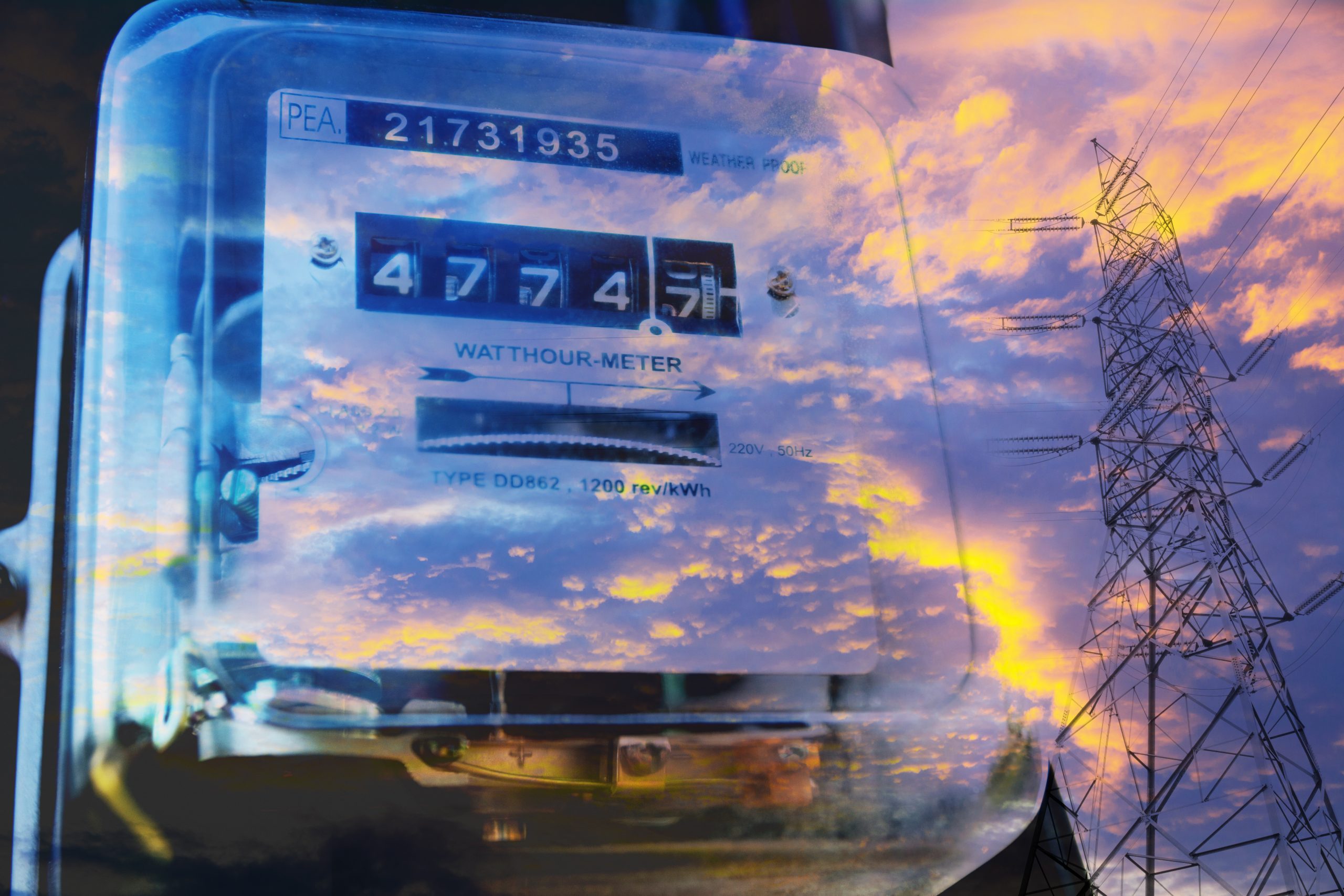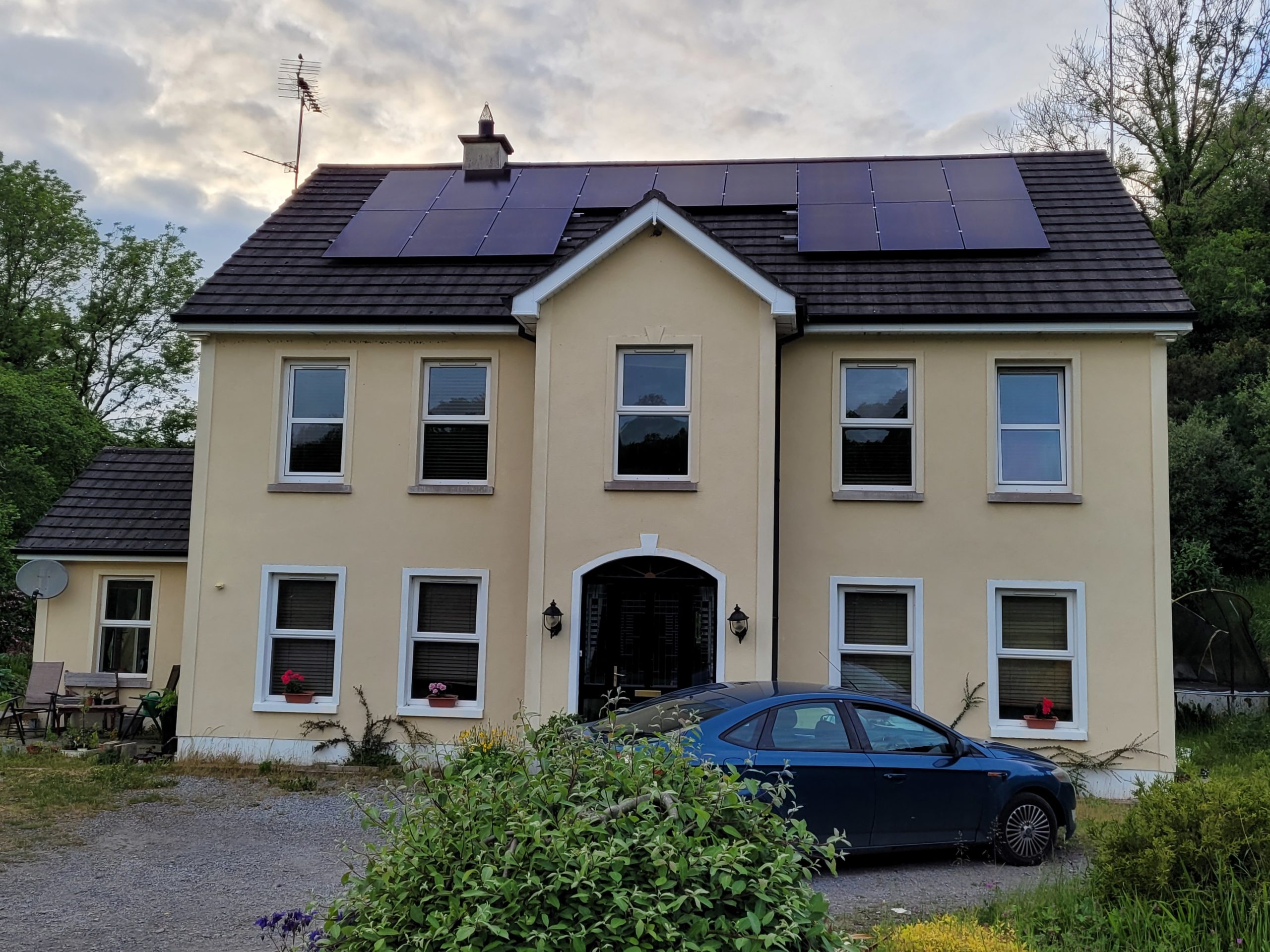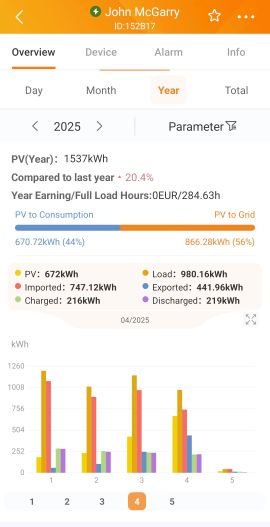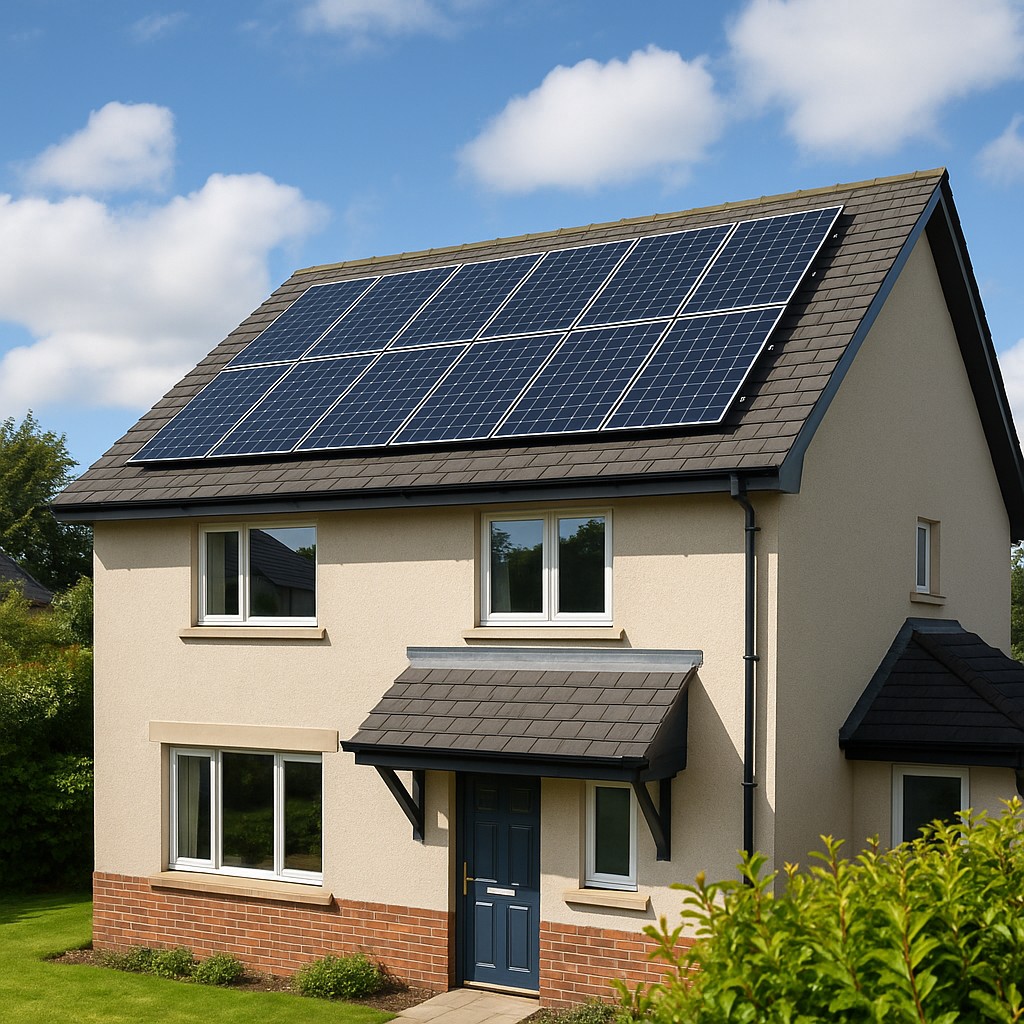Back in May 2021 we published a blog post on the much anticipated changes to the current pilot support scheme for domestic solar. The grant currently available from SEAI (up to €3000) towards the cost of installing a solar PV system continues to prove very popular.
Further support is being provided by ESB Networks who have made the commitment to getting a smart meter installed in every home with solar PV within 4 months of notification. You will learn the significance of having a smart meter in your home throughout this article.
On the other hand, a payment scheme for exported electricity is set to replace the SEAI grant. This new payment scheme is required to be introduced before the end of 2021 under EU rules.
To meet this obligation, the government published a report at the start of the year recommending the upfront grant payment be replaced with a combination of a payment for electricity exported (Clean Export Guarantee or CEG) and a top-up to bridge the gap between the cost of electricity produced by solar panels versus fossil fuels (Clean Export Premium or CEP). The recently started smart meter rollout by ESB Networks enables the implementation of these payment schemes for electricity exported from homes to the grid.

How much will be paid for exported electricity?
The Commission for Regulation of Utilities (CRU) is Ireland’s independent energy and water regulator. In this case, they will write the regulations that govern how homeowners are paid for their exported electricity.
In the consultation the CRU just published, they are proposing that your energy supplier sets the price they will pay, as long as it’s greater than zero. This is disappointing as it means we’ll have to wait and see what prices the energy suppliers will offer. It also means there isn’t a case to offer finance against exported power, giving the commercial developers an unfair advantage over their domestic counterparts.
For comparison, if you own a large commercial solar farm in a field, you will get a state-guaranteed 7.3c€/unit which is paid by all electricity consumers through the PSO (Public Service Obligation) levy on their bill. There would appear to be an obvious conflict of interest asking the people who supply electricity to set the price they are willing to pay for it.
That said, if they offer to pay the price in the wholesale market, it wouldn’t be costing them any more than they would pay in any case. The challenge with that of course is that the wholesale price of electricity moves around a lot (as the chart below shows), where do you set the price?
The chart below shows the recent volatility in electricity prices. €100/MWh is 10c€/kWh or ‘unit’ of electricity as it normally appears on a domestic bill. A domestic customer would be paying around 21c€/kWh for their electricity today, for comparison.

What is a Smart Meter?
A smart meter is the next generation of electricity meter. With your current electricity meter, it requires someone to physically inspect it to get an ‘actual’ reading. Therefore, you only get a reading approximately once or twice a year.
A smart meter is connected to the mobile phone network and sends a meter reading every 15 minutes to ESB Networks, who manages the system. This data then allows your energy supplier to issue a bill with actual meter reading – resulting in no more ‘estimated’ bills.
In the future, it will allow your energy supplier to charge different rates for electricity at different times of the day to reduce demand at peak times, called ‘Time of Use’ tariffs. This transition will start after most smart meters are rolled out, after 2025.
Do I have a Smart Meter, if not, how do I get one and what will it cost?
You’d likely know if you had a smart meter, ESB Networks would have written in advance to schedule the installation date and you’d have met the installers when they called to your house. ESB Networks currently has an installation rollout scheduled for the 2 million homes in Ireland, that covers the whole country over the next 4 years.
As stated previously, ESB Networks has made a commitment to get one smart meter installed in a home with solar PV within 4 months of notification. Therefore, if you have a solar PV system, you will get prioritised in the queue. You can also call ESB Networks, they’ll tell you when your smart meter is due to be installed. Fortunately, there are no up-front costs for the installation. However, the cost is recovered from the fixed charges on your bill.
How do I get paid for my exported electricity?
The fee you receive for exporting the excess electricity you generate will not be an actual payment. It will be a credit on your electricity bill from your supplier.

What if I don’t have a Smart Meter?
The CRU states clearly that they want people to have a smart meter in order to qualify for the CEG. However, they also have to recognise that the Smart Meter rollout is still in it’s early days and isn’t forecast to be concluded until 2025.
They do say in the consultation document that ESB Networks (ESBN) has committed to getting everyone who installs a solar PV system a smart meter within 4 months.
The introduction of the CEG requires new legislation from government to be implemented. It’s not clear when that will happen, but the EU directive mandates it must be introduced before the end of 2021 or fines will be imposed. For the period from which the CEG goes ‘live’ until a homeowner gets their smart meter, the CRU is proposing to use a ‘Deemed Export’ formula.
The CRU will calculate deemed export based on a number of parameters. The main one being the size of your solar PV system and 35% of the energy it is forecast to produce being ‘deemed’ to be exported. You will get paid for what is ‘deemed’ to be exported.

When will the grant go?
Ideally not any time soon. It would be reasonable to expect an announcement in the budget later this month.
There’s a national obligation to get to zero-carbon, and one of the fastest ways to do it is to decarbonise electricity generation. It will be after 2030 before we see appreciable generation from offshore wind, where the government expects 70% of our renewable generation to come from. We can install hundreds of thousands of domestic PV systems in that time.
Given all the concern about stabilising the electricity system, domestic PV systems with batteries aggregated together into a Virtual Power Plant (VPP) offers a valuable resource to help stabilise the grid, while reducing demand from the residential sector.
Deemed Export Calculation
Deemed Export Quantity is an estimation, based on the below formula, of exported
electricity: it is to be used as a proxy for metered export data, where metered export data is
not available.
Deemed Export Quantity = MEC x Capacity Factor x Export Factor x Provision Interval
Where:
• Deemed Export Quantity is the quantity of electricity, in kWh, which is determined to be
exported, as calculated using this formula.
• MEC is a capacity value in units of kW, It is representative of the generation capacity of the
installed generation equipment, as declared via ESBN’s NC6 form.
• Capacity Factor is the ratio of average electricity produced to the theoretical maximum
possible if the installed capacity was generating at a maximum for a full year.
• Export Factor is the amount of electricity (expressed as a percentage of electricity
produced) deemed to be exported, where the metered data is not available.
• Provision Interval is the number of hours in the period for which cumulative export
quantities are to be calculated and to be made available to suppliers by ESBN.
Example 1: where the “Provision Interval” is 12 months (= 8760 hours)
Input parameter to formula Entry for Customer X
MEC (kW) 1.8 As notified to ESBN using the NC6 form
Capacity Factor 0.097 i.e. 9.7%, or as decided by the CRU.
Export Factor 0.35 i.e. 35%, or as decided by the CRU.
Provision Interval (hours) 8760 To be decided by the CRU: 12-month interval is selected for explanatory purpose
in this example.
Deemed Export Quantity = MEC x Capacity Factor x Export Factor x Provision Interval
Deemed Export Quantity = 535.3 kWh ( = 1.8 X 0.097 x 0.35 x 8760).
Example 2: where the “Provision Interval” is 6 months (= 4380 hours)
Input parameter to formula Entry for Customer Y Comment
MEC (kW) 3.0 As notified to ESBN using the NC6 form
Capacity Factor 0.097 i.e. 9.7%, or as decided by the CRU.
Export Factor 0.35 i.e. 35%, or as decided by the CRU.
Provision Interval (hours) 4380 To be decided by the CRU: 6-month interval is selected for explanatory purpose in
this example.
Deemed Export Quantity = MEC x Capacity Factor x Export Factor x Provision Interval
Deemed Export Quantity = 446.1 kWh ( = 3.0 X 0.097 x 0.35 x 4380).







